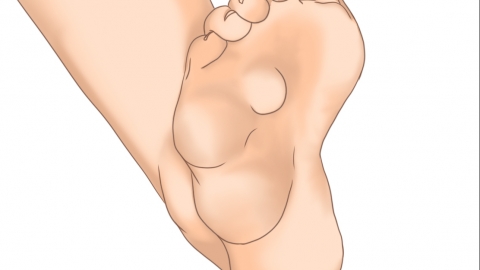What are the symptoms of rheumatic fever?
Generally, rheumatic fever presents various typical symptoms during an episode, mainly including joint pain, fever, erythema marginatum (ring-shaped skin rash), palpitations, and subcutaneous nodules. The onset time and severity of these symptoms may vary among individuals. If discomfort occurs, timely consultation at a reputable hospital is recommended. Detailed explanations are as follows:
1. Joint Pain
Joint pain usually occurs in large joints, such as the knees, ankles, and elbows. The pain is migratory in nature, meaning that once the pain in one joint subsides, another joint may subsequently become painful.
2. Fever
Fever is a common symptom of rheumatic fever, with body temperature typically ranging between 38°C and 39°C. Some patients may experience persistent low-grade fever. The pattern of fever is irregular and may sometimes manifest as intermittent fever, in which the temperature returns to normal after a period of fever and then rises again.

3. Erythema Marginatum (Ring-Shaped Skin Rash)
Erythema marginatum typically appears on the trunk and proximal limbs, presenting as light red ring-shaped rashes. The rash has clear edges, with normal skin color in the center. The rash may gradually enlarge, and multiple rashes may merge to form larger ring-shaped or semicircular patterns.
4. Palpitations
During palpitations, patients may distinctly feel rapid heartbeat, irregular heart rhythm, or forceful heartbeats. In severe cases, symptoms such as chest tightness, shortness of breath, and difficulty breathing may accompany. Palpitations occur due to cardiac involvement in rheumatic fever, causing heart inflammation, such as myocarditis or endocarditis, which leads to impaired cardiac function.
5. Subcutaneous Nodules
Subcutaneous nodules are commonly found on the extensor surfaces of joints, such as the elbows, knees, and wrists. These nodules are firm in texture, round or oval in shape, with diameters generally ranging from 0.5 to 2 centimeters. They typically cause no significant pain or tenderness and may occur singly or in multiples simultaneously.
In addition, patients with rheumatic fever may also experience systemic symptoms such as fatigue and loss of appetite. It is also important to rest adequately in daily life and avoid excessive fatigue to reduce physical strain.









